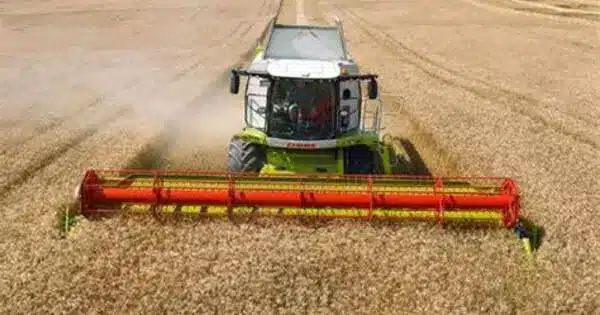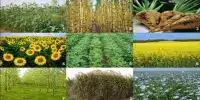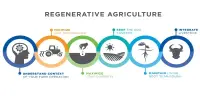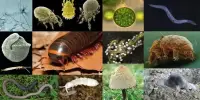Intensive agriculture is a modern farming method that tries to increase agricultural production and yield from a given plot of land while using as little resources as possible, including land, water, and labor. It is a type of agriculture, both of crop plants and of animals, with higher levels of input and output per unit of agricultural land area. It is also known as intensive farming (as opposed to extensive farming), conventional, or industrial agriculture. It entails employing innovative techniques, technologies, and practices to increase agricultural or livestock productivity.
It has a low fallow ratio, makes greater use of inputs such as capital, labor, agrochemicals, and water, and produces higher crop yields per unit land area. In one form or another, most commercial agriculture is intense. Industrial agriculture refers to forms of agriculture that rely primarily on industrial processes and are distinguished by technologies aimed to boost yield. Planting multiple crops per year, reducing the frequency of fallow years, improving cultivars, and mechanized agriculture are all techniques that are regulated by improved and more precise study of growth circumstances such as weather, soil, water, weeds, and pests.
Here are some key characteristics and practices associated with intensive agriculture:
- High-yield crop varieties: It often relies on the cultivation of high-yield crop varieties, which are specifically bred to produce more food per unit of land.
- Increased use of synthetic fertilizers and pesticides: It typically involves the extensive use of chemical fertilizers and pesticides to boost crop growth and protect plants from pests and diseases.
- Irrigation: To ensure consistent and reliable water supply for crops, irrigation systems are commonly employed in intensive agriculture, which can involve the use of sprinklers, drip irrigation, or other methods.
- Mechanization: Farm machinery and equipment, such as tractors, combine harvesters, and plows, are commonly utilized to boost efficiency and minimize labor requirements for various farming operations.
- Monoculture: To maximize productivity and simplify management, it frequently relies on the cultivation of a single crop or a restricted number of crops on a particular piece of land.
- Controlled environments: It may require the use of controlled environments, such as greenhouses, in some circumstances, to generate optimal growing conditions for crops.
- Genetic modification: Genetically modified organisms (GMOs) are occasionally used to improve crop tolerance to pests, diseases, and harsh environmental conditions.
Agribusiness
Intensive agriculture is frequently connected with large-scale commercial farming activities integrated with agribusiness systems such as food processing, distribution, and marketing. Non-biotic inputs like as fertilizers, plant growth regulators, insecticides, and antibiotics for animals are often used in modern systems. Intensive farming is common in industrialized countries and is becoming more common worldwide. These farms generate the majority of the meat, dairy products, eggs, fruits, and vegetables sold in stores.
While intensive agriculture has improved food production and contributed to global food security, it also offers a number of potential disadvantages and concerns. Concerns about environmental sustainability, soil deterioration, water pollution, habitat destruction, and the need for responsible natural resource management are among them. To address these difficulties and strike a balance between serving the world’s food demands and safeguarding the environment, sustainable and responsible farming practices are becoming increasingly crucial.
















